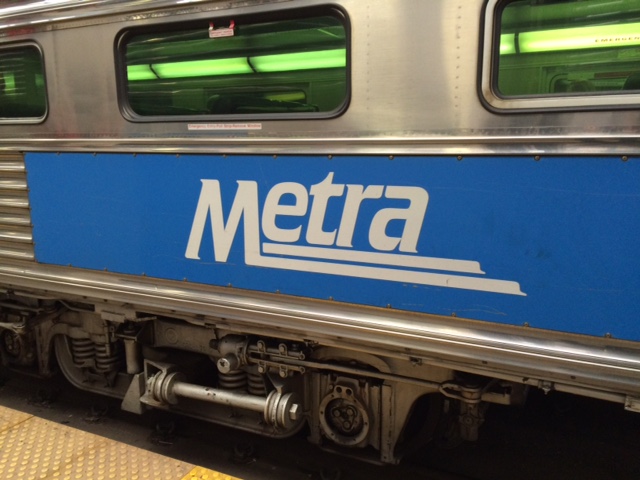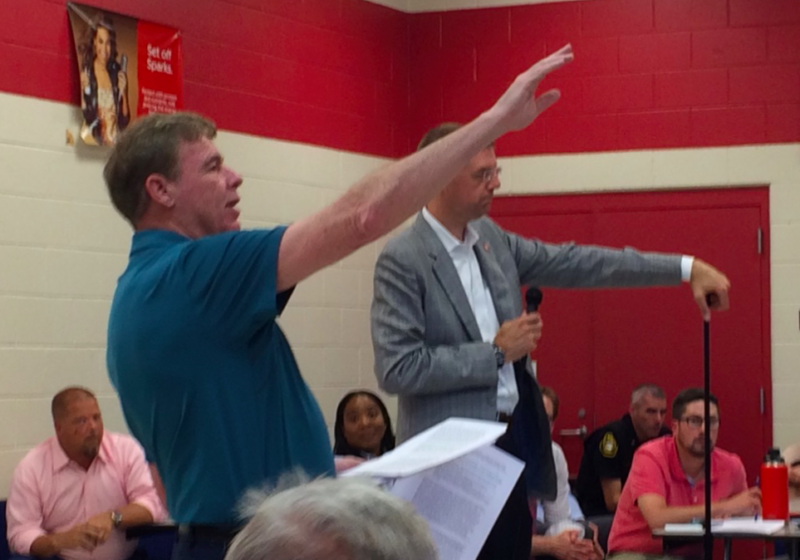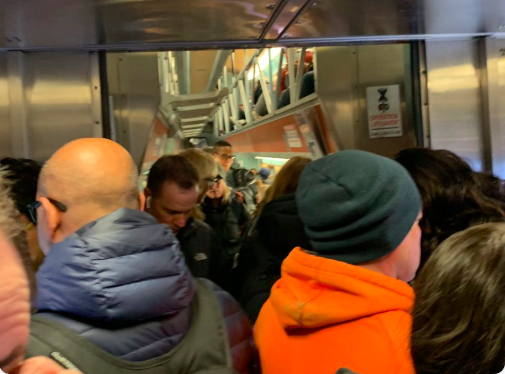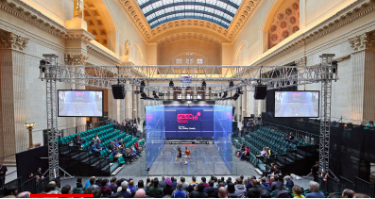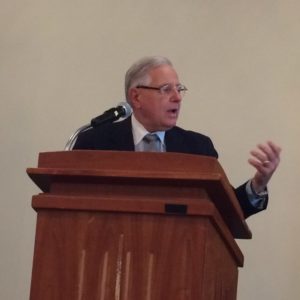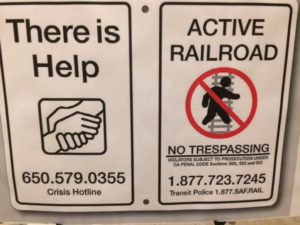More weekday and weekend Electric Line service will be added next month to accommodate returning riders as COVID-19 fears ease and to provide transportation to a new Amazon facility to be built in University Park, Metra announced Wednesday.
Beginning May 10, Metra will add four trains to the Electric Line’s weekday schedule, four trains to the weekend schedule, and adjust the schedules and/or stopping patterns of seven additional trains.
Metra said the changes were prompted by changing ridership patterns and would add reverse commute options for workers at the new Amazon warehouse. On weekends, Metra will also be providing additional express trains to shorten trip times to and from the suburbs.
The schedule changes represent “about half-and-half reverse commute and post-pandemic adjustments,” Metra spokeswoman Meg Thomas-Reile told the Hyde Park Herald.
“If you look at the schedule, we’ve added some trains and altered stopping patterns of others so that we increase express options for those traveling further out while still accommodating commuters who need to travel on the city’s South Side and closer suburbs. We’ve also altered departure times for several late evening and night trains to accommodate CDOT construction of a pedestrian bridge over our tracks at 43rd Street.”
The Electric Line is currently providing about 4,500 passenger trips a day, or 16.8% of pre-pandemic ridership, Thomas-Reile said, adding that ridership has been climbing incrementally and steadily since January across the Metra system.
“Our discussions with Amazon to create additional reverse commute options are just one of the many initiatives we are working on to ensure that Metra service…
